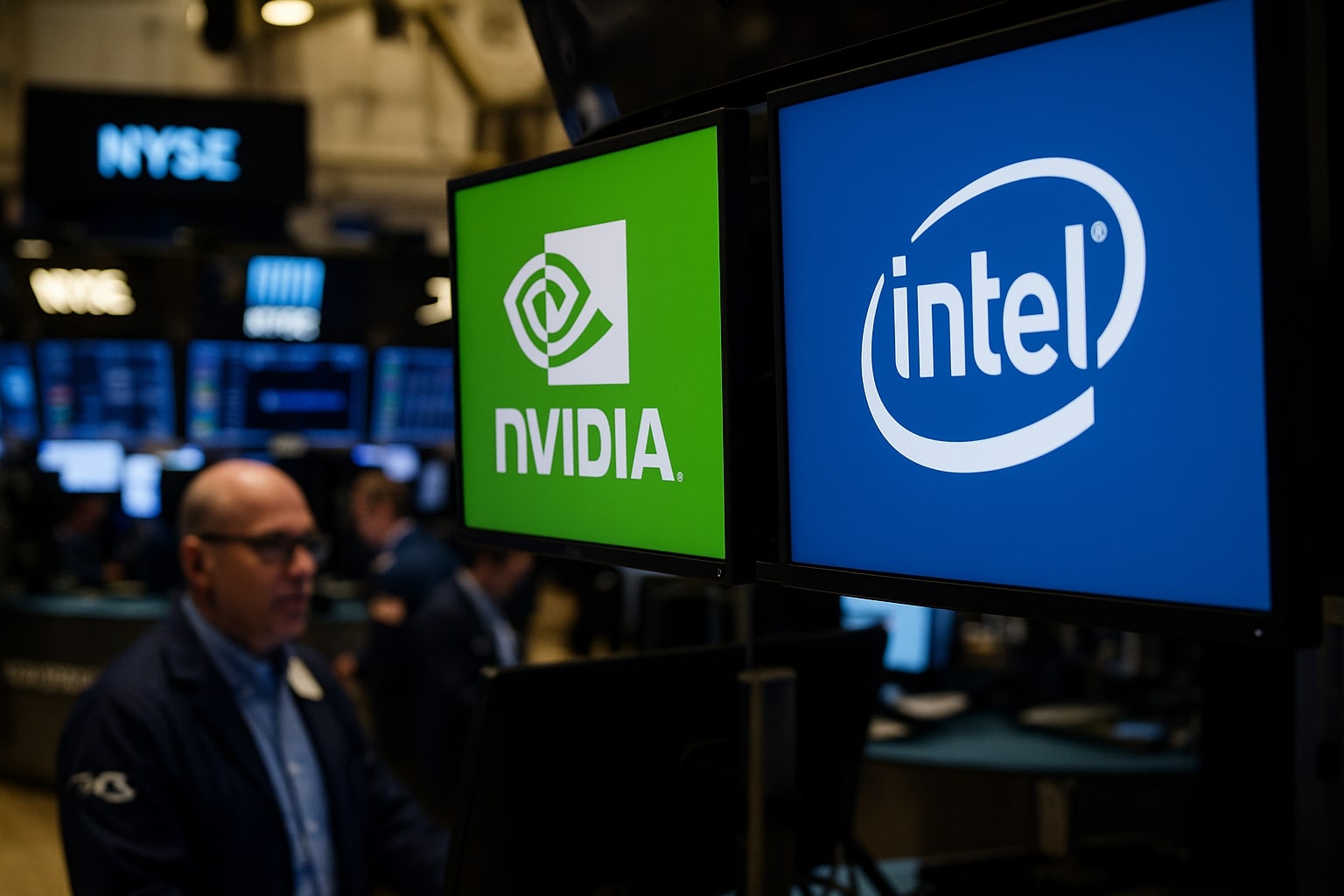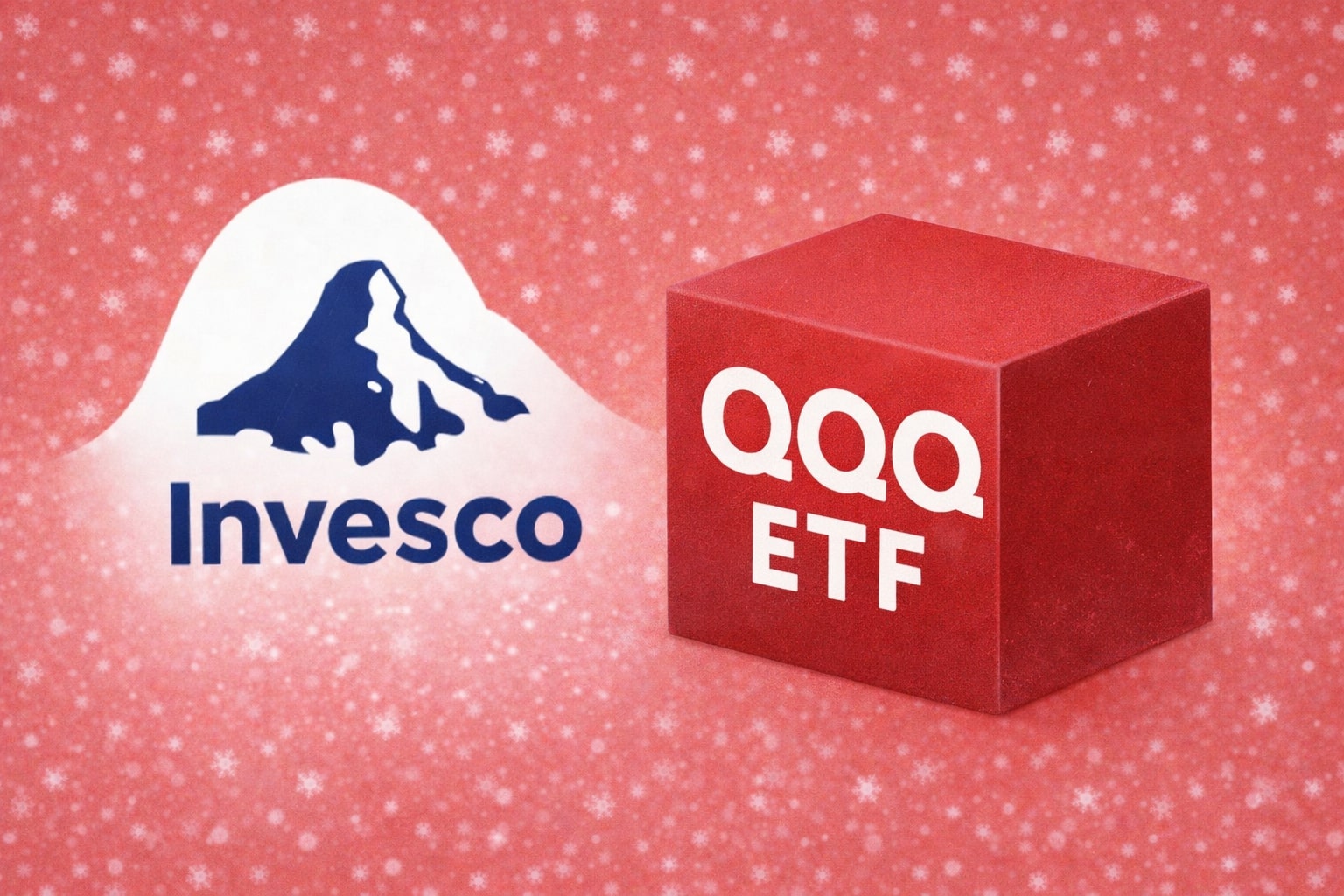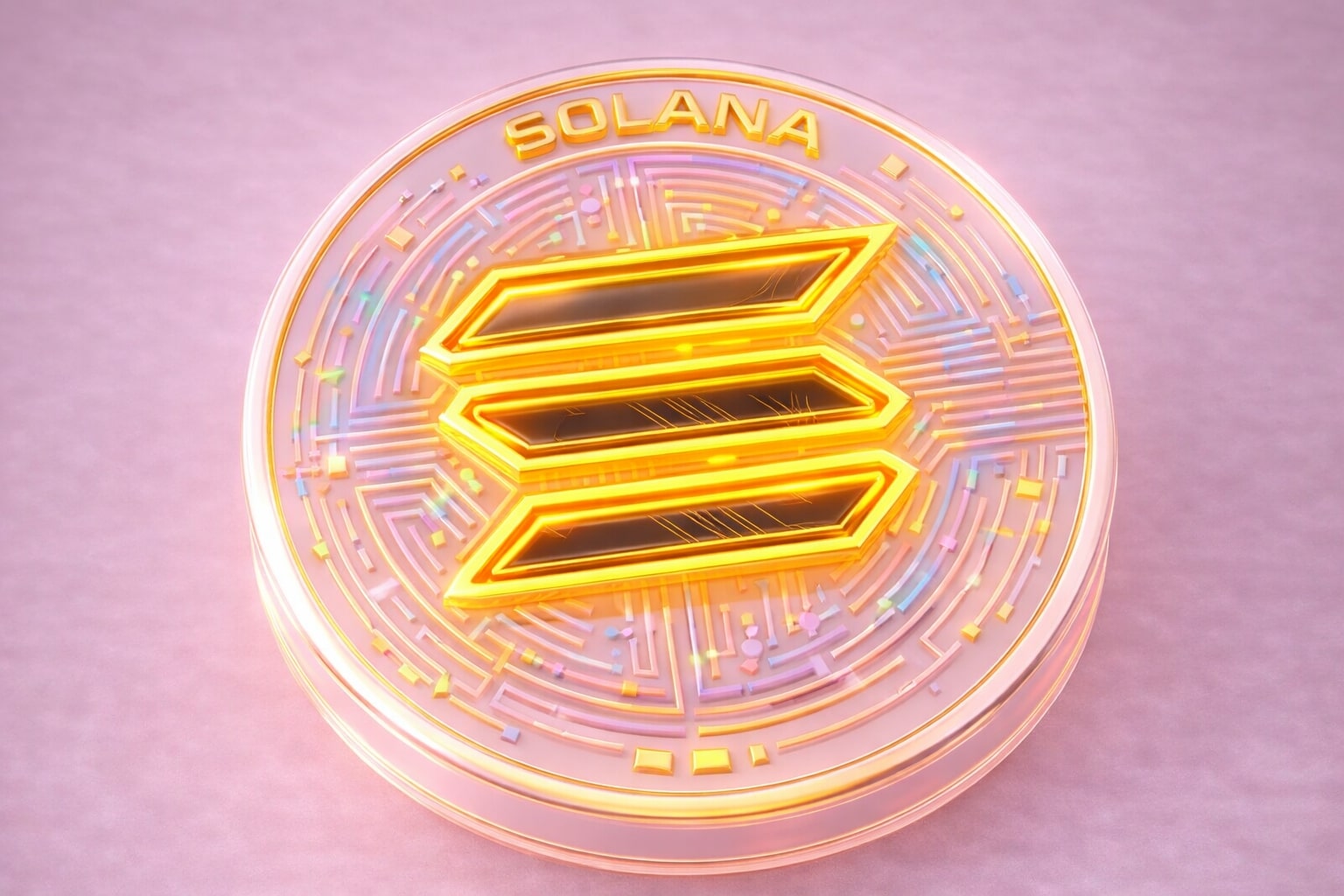
Nvidia vs Intel: NVDA Stock at $176, INTC Stock at $32 After $5B Shock Deal
Wall Street sees NVDA climbing to $270 on 71% growth and $52B free cash flow, while Intel’s one-day 29% rally bets on an 18A node turnaround | That's TradingNEWS
Intel Stock vs Nvidia Stock: Which Stock to Buy After the $5B Shock Deal
The semiconductor sector was jolted on September 18 when Nvidia (NASDAQ:NVDA) disclosed a $5 billion equity stake in Intel (NASDAQ:INTC) at $23.28 per share, alongside a sweeping partnership to co-develop next-generation CPUs with embedded Nvidia RTX GPUs. The market’s reaction was electric: Intel soared 28.7% to $32.05, adding nearly $35 billion in value in one session, while Nvidia gained a steadier 3.5% to $176.30, extending its market capitalization to $4.15 trillion. The question for investors now is not whether the deal matters—it does—but which stock offers the superior risk-reward profile.
Nvidia: The $4.15 Trillion AI Titan at $176
Nvidia’s rise over the past five years has been unparalleled. At $176 per share, the stock has surged 55.5% in the past 12 months and an astonishing 1,350% over five years, compared to the S&P 500’s 100% gain. The company generated $165.2 billion in trailing revenue, expanding at a blistering 71.6% year-on-year pace, and booked $86.6 billion in net income, translating into a 52.4% profit margin. Diluted EPS sits at $3.51, while Wall Street expects it to reach $4.50 in FY2026 and $6.34 in FY2027.
Nvidia’s financial foundation is unmatched. It holds $56.8 billion in cash reserves, has just $10.6 billion in debt, and produces $77 billion in operating cash flow and $52.4 billion in free cash flow annually. Profitability metrics underscore its dominance: a 109% return on equity, 53% return on assets, and a forward P/E multiple of 38x. Wall Street consensus remains strongly bullish, with an average price target of $211 and a high of $270, implying up to 53% upside from current levels.
Intel: The $149 Billion Underdog Re-Rated at $32
Intel’s recent trajectory has been the opposite. Once the undisputed king of microprocessors, it has ceded ground to AMD in CPUs and to Nvidia in GPUs, while its foundry business has bled billions. Before Nvidia’s announcement, Intel’s balance sheet showed $19.6 billion in cash against $44 billion in long-term debt, raising questions about sustainability. Yet the $5 billion Nvidia infusion, coupled with $2 billion from SoftBank and a $10 billion U.S. government stake converted from CHIPS Act grants, has dramatically improved its liquidity and re-legitimized its role in the semiconductor landscape.
The stock’s jump to $32.05 implies markets are pricing in a 21% compound annual revenue growth rate and a 58% CAGR in net income through 2030. That optimism hinges on Intel’s ability to deliver volume at its 18A and 14A process nodes and execute on its AI-PC and custom chip strategy. Analysts warn that while the market priced in a turnaround overnight, execution risks remain enormous.
The Strategic Significance of the Nvidia Stake
For Nvidia, the $5 billion investment is a geopolitical hedge. The Trump administration has imposed 100% tariffs on semiconductors and restricted exports of advanced GPUs to China, which recently banned Nvidia’s H20 chips. By investing in Intel, Nvidia buys political insurance: it aligns itself with Washington’s domestic manufacturing agenda, gains leverage in x86 markets, and mitigates tariff risks.
For Intel, the symbolism is as powerful as the cash. With Nvidia, SoftBank, and the U.S. government all backing it, Intel is being repositioned as America’s national champion in semiconductors. Co-developing CPUs integrated with Nvidia RTX GPUs gives it a new avenue to regain share in both AI PCs and data centers, where it has been outflanked. The partnership signals that Intel is no longer going it alone—it now has the most valuable semiconductor firm in the world in its corner.
Financial Strength Head-to-Head
Nvidia’s balance sheet strength is overwhelming. With $52.4 billion in free cash flow, it can self-fund innovation, acquisitions, and political partnerships. Intel, in contrast, is relying on external injections. Its negative or thin free cash flows over recent quarters underscore its reliance on SoftBank, Nvidia, and Washington to keep the turnaround alive.
On margins, the gap is equally stark: Nvidia at 52.4% net margin versus Intel in the single digits, often dragged by foundry losses. On valuation, Nvidia looks expensive—25.4x Price-to-Sales and 38x forward P/E—but investors are paying for proven dominance. Intel at $32 looks cheaper on traditional multiples, but those multiples now assume flawless execution of a turnaround that has burned investors before.
Growth Outlook to 2030
Nvidia is expected to expand revenue at an 18.5% CAGR through 2029, with net income climbing at a 19.2% CAGR, underpinned by global demand for GPUs in AI, data centers, and sovereign compute projects. In an upside scenario with looser export restrictions, revenue CAGR could accelerate to 22%, pushing the stock toward $270.
Intel’s implied growth trajectory is more ambitious but less certain. At current prices, the market is effectively pricing in 21% revenue CAGR and 58% net income CAGR. For that to materialize, Intel Foundry would need to secure volumes equivalent to nearly 30% of Nvidia’s annual $51 billion in data center chip costs, a tall order given its current capacity and yield struggles.
Read More
-
QQQ ETF At $626: AI-Heavy Nasdaq-100 Faces CPI And Yield Shock Test
11.01.2026 · TradingNEWS ArchiveStocks
-
Bitcoin ETF Flows Flip Red: $681M Weekly Outflows as BTC-USD Stalls Near $90K
11.01.2026 · TradingNEWS ArchiveCrypto
-
Natural Gas Price Forecast - NG=F Near $3.33: NG=F Sinks as Supply Surges and China Cools LNG Demand
11.01.2026 · TradingNEWS ArchiveCommodities
-
USD/JPY Price Forecast - Dollar Breaks Toward ¥158 as Yen Outflows and US Data Fuel Dollar Charge
11.01.2026 · TradingNEWS ArchiveForex
Wall Street Sentiment and Analyst Targets
The analyst community continues to lean heavily toward Nvidia (NASDAQ:NVDA) despite the $5 billion Intel stake drawing headlines. At $176 per share, NVDA holds a Strong Buy consensus, with an average target of $211 and the most aggressive houses, including Cantor Fitzgerald and Rosenblatt, pushing as high as $270. Analysts cite Nvidia’s $52.4 billion in annual free cash flow, 109% return on equity, and its dominant role in the AI infrastructure cycle as reasons valuation can remain stretched without derailing momentum. The Intel investment is being interpreted less as a capital allocation move and more as a political hedge—reinforcing Nvidia’s standing with Washington at a time when tariffs and export bans are reshaping the semiconductor supply chain.
Intel (NASDAQ:INTC), by contrast, has seen its stock catapult from $24 to $32 in a single session, driven by Nvidia’s validation. Ratings have shifted, with firms such as Baird moving from “underperform” to “neutral,” and Wedbush even hinting at AI optionality. Still, consensus stops short of calling Intel a buy. The market is effectively pricing in a 21% CAGR in revenue through 2030 and a 58% CAGR in net income, levels far above what Intel has delivered in the past decade. Analysts warn that Intel’s rally is sentiment-driven, and that the execution risk around its 18A and 14A nodes remains the key overhang.
Intel vs Nvidia: Which Stock to Buy
At current levels, the decision is stark. Nvidia at $176 trades at a forward P/E of 38x and Price-to-Sales of 25.4x, undeniably premium, but supported by 71% revenue growth year-on-year and Wall Street conviction that earnings will climb to $6.34 EPS in FY2027. Nvidia’s $5 billion stake in Intel is not intended to generate outsized financial return; it’s a strategic maneuver to buy regulatory goodwill and cement its footprint in x86 computing. For investors, it represents further insulation of the Nvidia growth story.
Intel at $32 is a very different proposition. The stock looks cheap against history but is, in reality, trading on aggressive assumptions. The 29% one-day rally already prices in a multi-year turnaround that requires flawless foundry execution and adoption of AI-PC platforms. While upside exists if Intel executes, the risks of delays, weak yields, or competitive losses to AMD and TSMC are high.
The Verdict
Nvidia remains the stock to own. At $176, it is a Buy, with credible upside toward $211–$270 over the next 12–24 months, backed by cash generation, margin leadership, and strategic positioning in the AI cycle. Intel, at $32, is a speculative Hold. Its surge reflects hope and political sponsorship rather than proven fundamentals. Nvidia offers scale, cash, and dominance. Intel offers momentum, but investors must assume significant risk that history does not repeat itself.


















